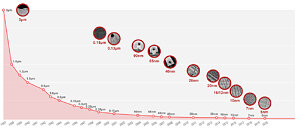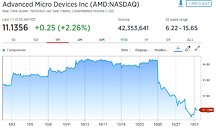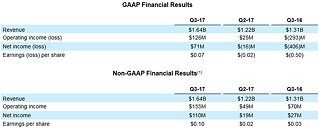
Sony CFO Boasts About $5 Billion Budget, Expects PS5 Hardware Sales to Top 60 Million Units
Sony executive deputy president and CFO Hiroki Totoki made a number of declarations at the Morgan Stanley Technology, Media & Telecom Conference that took place on March 6, 2023. Totoki-san outlined corporate strategies for the Japanese technology and entertainment giant. During a discussion about Sony Group Corporation's investment budgets, he stated that 700 billion Yen has been allocated to spend strategically across several company divisions in 2023, this converts to just over 5 billion US dollars. This represents the remainder of a 2 trillion Yen budget that was announced back in 2021, as a three year long strategic investment plan.













